How to clean your mountain bike - our top tips for keeping your bike spotless
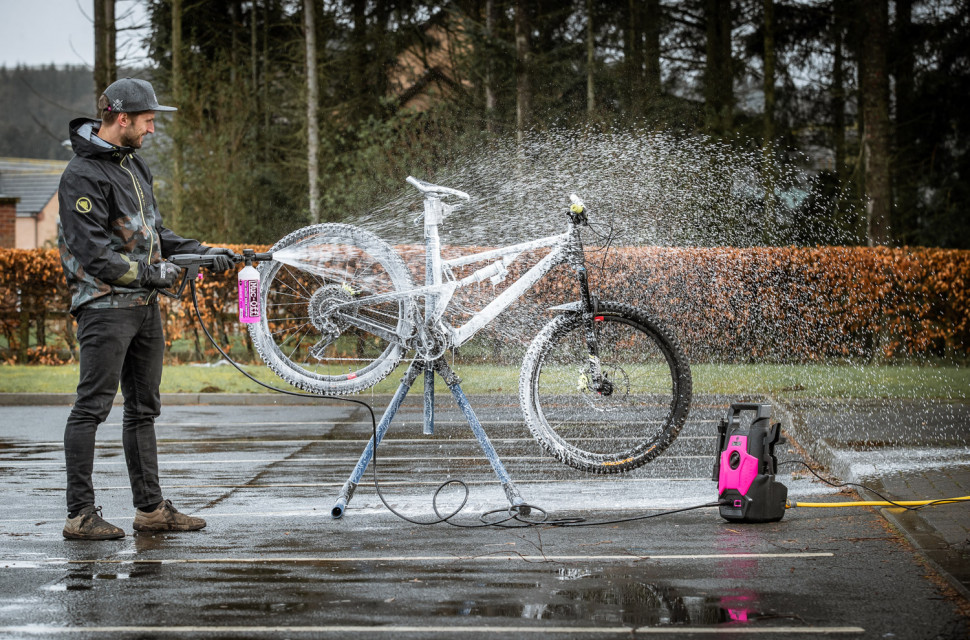
Mountain biking is a dirty sport. While finishing a ride covered in filth can be a liberating experience, the long-term damage caused by mud and slop is detrimental to your bike's overall component health. Don't get us wrong, we're all for muddy rides here at off.road.cc but only if you've got a thorough bike-cleaning regime like us – it's vital that all grit and mud is washed from your bike before it dries.
To avoid spending money on new parts, here’s everything we know about cleaning your mountain bike.
- Welcome to Home Mechanics' Week - a DIY extravaganza
- How to clean disc brakes on a bicycle
- How to clean your bicycle chain
There are several ways to clean your mountain bike. This includes the quick car park rinse to proper deep cleans where every inch of the bike gets a touch of love. Here, we’ll focus on what to do with your dirty bike from the moment you get home regardless of whether you’ve got a garden or you’re washing your bike in the shower. This should also be done even if you’ve given your bike a quick post-ride hose down at the trail centre.
In the summer, this process can be pared down to a simple rinse with a more irregular chain cleaning cycle, depending on how filthy it gets.
Cleaning your bike is important for several reasons. The most obvious is that it keeps your bike looking great. But there are also performance implications; a clean bike weighs less and will be faster as everything should be clear of resistance-causing dirt. A bike cleaning session also makes for the absolute best time to check over your bike for any damage, wear and tear as a crack can spell the end of your frame, or even cause injury later. And lastly, the post-ride-clean is also an opportunity to lubricate all of the bits that require it.
Prepare your bike and cleaning station
After your ride, you’ll need to get everything ready to go, including yourself. The UK winters can get pretty cold so have some warm clothing ready before you start the cleaning process and then get blasting with a hose. It’s also wise to leave the shower until after the bike wash because you might get dirty while hosing half the forest off it.
You’ll need to prepare your cleaning station by holding your bike upwards. This can mean propping it up with a rear wheel stand, a fully-fledged bike work stand, or simply a wall. The best option is a proper work stand, which allows you to reach every inch of your bike. If you’re a budding home mechanic, you should have one.
Now, on to what cleaning products you’ll need. This can vary, as cleaners come in different forms, but a basic bike cleaning kit should include a mild degreaser, a spray cleaner, a method of cleaning the chain, and two brushes: a large soft one and a slim, more precise detailing brush. One or two clothes or rags will then finish the job.
While you can reduce this kit a little further, this is the minimum required for a well-cleaned bike. Alternatively, you can take this one step further and choose after-care products like Muc-Off’s Silicone Shine and Kingud’s Renovate and Protect to protect your bike for your next ride after you've cleaned all the dirt off. Products like this and fancy after-market ceramic coatings will stop mud from sticking, making your next clean even easier.
Step one - Initial rinse and chain clean
With everything prepared, grab a hose or a bucket of fresh water and spray your bike. This will rehydrate any dried-on mud while removing any excess, leaving you with less to clean manually. Now, reach for your spray cleaner and foam your bike before letting it sit while you move onto the chain.
As the cleaner is working its magic it’s time to focus on the chain where you’ll either use a chain cleaning tool, specific brush or pair of toothbrushes and some degreaser to give the chain a once over. Neglecting to clean your chain leads to rust and premature wear, especially in the wetter months, so it’s important to spend time here. While you’re here, it’s a great time to scrub your cassette with more degreaser (or the leftovers from your chain cleaner) but don’t rinse the degreaser off just yet.
Investing in a chain cleaning tool is a worthy way to spend a bit of cash as it does a better job of scrubbing your chain faster than anything else and with less mess. Drop in a bit of degreaser, clip the cleaner on, and backwards crank the bike. This doesn’t replace a deep clean and degrease but it’ll keep the chain cleaner with less effort.
Step two - Get scrubbing
At this point, the bike might have dried a little so it doesn’t hurt to give it another dashing of water. But before your softest brush or sponge hits the bike, give the bristles a good soaking to soften them and wash away any dirt left after your previous wash.
Starting from the top, so that’s the handlebar and saddle, agitate the muck as you work down the bike. Afterwards, give your rims a quick once-over before reaching for the finer brushes in your arsenal. To free mud from your tyres you’ll need a firmer brush and to get in all the nooks and crannies of your linkage, a split brush like the Juice Lubes Double Ender is the weapon of choice. A brush like this also makes light work of wrapping around your bike’s hubs.
Mountain bike suspension has external wiper seals to keep mud from getting in. It’s imperative to clear any post-ride mud to maintain the best performance. The best way to do this is to get a clean rag and carefully go around each seal to remove the dirt. Don’t go too hard otherwise, you can damage your stanchion and introduce dirt into the internals of these components.
Thereafter, you can go as far as you like with your cleaning. If you have a work stand, you can take your wheels out and get into places you wouldn’t usually reach or call it done and ready to ride for another day.
Once everything's up to standard, you can rinse your whole bike, while paying special attention to the drivetrain, backwards pedalling as you blast the degreaser away from the chain's links.
Step three - The finishing touches
All is not completely done, however, as at the very least, you’ll need to bounce the bike to shake off any excess water and wipe the whole thing down with a clean cloth to kick-start the drying process. Before relubricating your chain, it needs to be dry.
When the bike is nice and clean, it's a great time to check it over for damage and if you’re going for it, any stray bits of dirt that you’ve missed. Finally, if you add a hint of protection, you can apply that to your freshly cleaned bike as per the manufacturer's instructions, using another clean cloth.
The dos and don’t of bike cleaning
Don’t wash your bike with it upside down. Many frames are built with drainage ports around the bottom bracket. Washing your bike will only introduce water into the interior of your frame.
Don’t use dry brushes. Brushes are great for freeing mud but they can be abrasive. Scrubbing your brush without soaking it beforehand will increase the likelihood of scratches, not to mention the possibility of dirt in the bristles from the previous clean.
Do use a brush and bucket. While a hose makes bike cleaning much easier, there’s nothing wrong with a simple brush and bucket. Some brands offer a bike shampoo designed for the deepest cleans but can only be applied using a brush and bucket. Just make sure the bucket is clean first.
Don’t use a non-bicycle-specific jet wash. As hardy as they’re designed to be, your bearings don’t stand a chance against the sheer power of a pressure washer. Yes, it will save time but ultimately costs you money in the long run.
Do wash your bike as soon as possible. The best opportunity to clean your bike is straight after your ride – when the mud is still damp. Once it has dried, you’ll have more work on your hands as the mud will dry and cling to your bike’s paintwork. Many trail centres have a bike cleaning station where you can get an early rinse in for a small fee, or there are many portable washers on the market We quite like the Karcher OC3 portable cleaner or the Muc-Off Portable Pressure Washer.
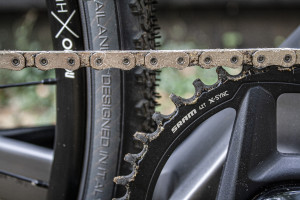






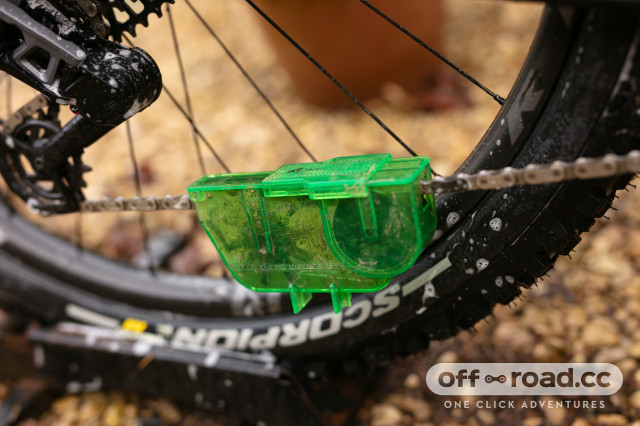


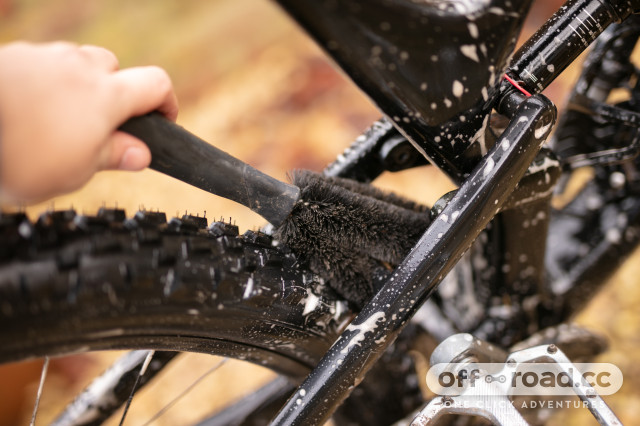



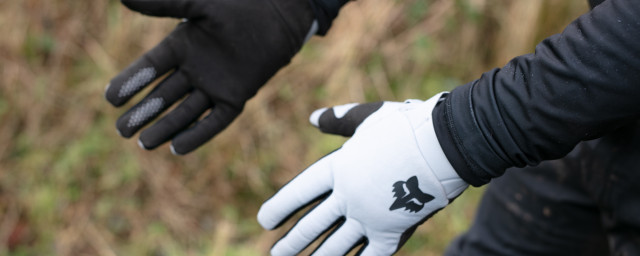
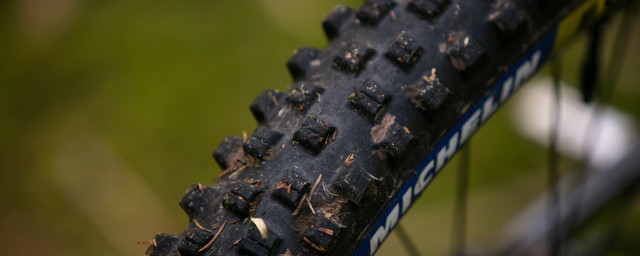
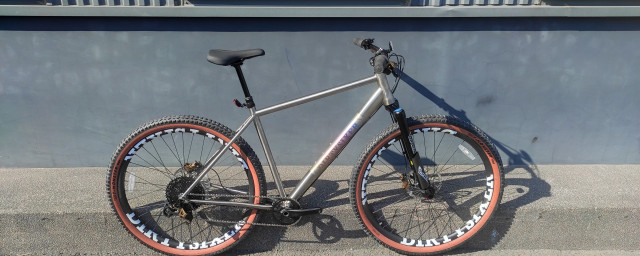
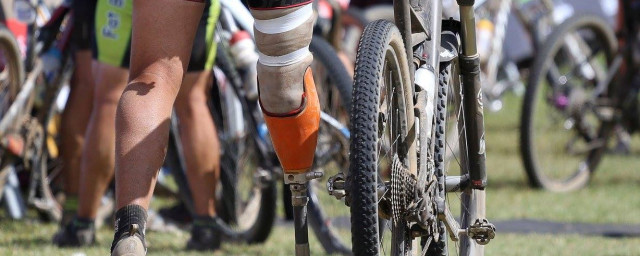
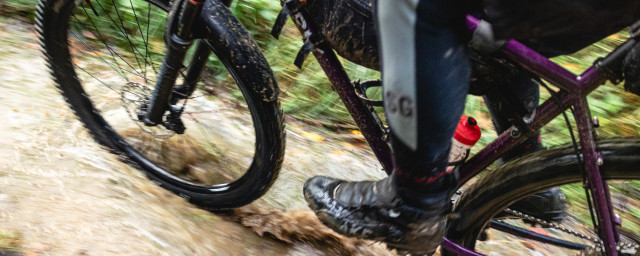
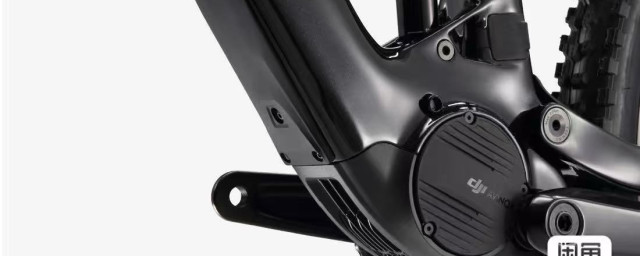
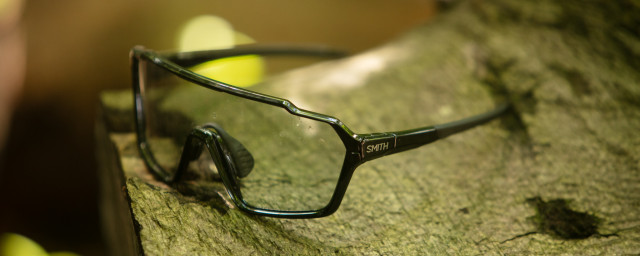
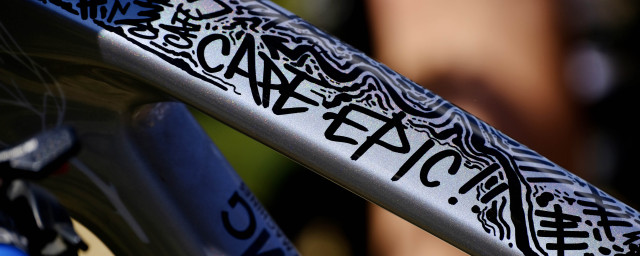
1 comments
Muy buen articulo dejando muy claro los puntos a realizar , ojala cerca mia tuviera una estacion de lavado o algo similar !